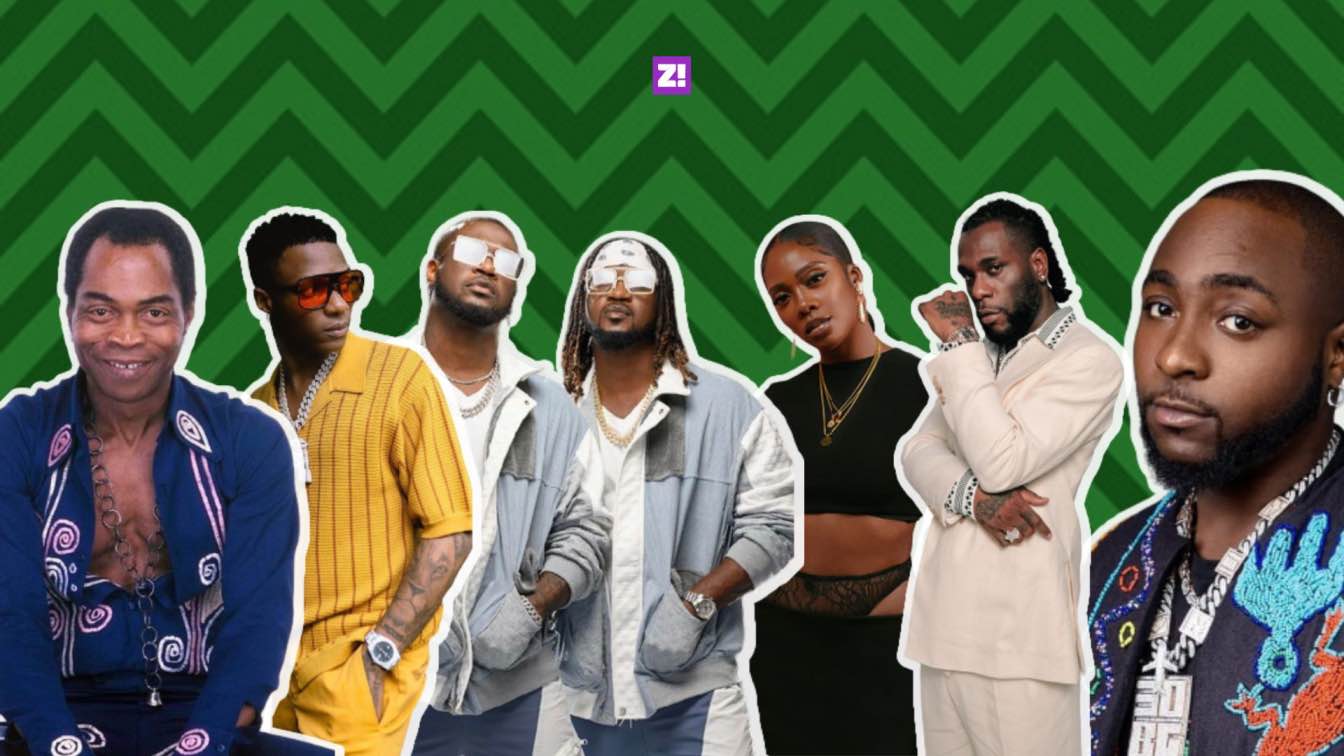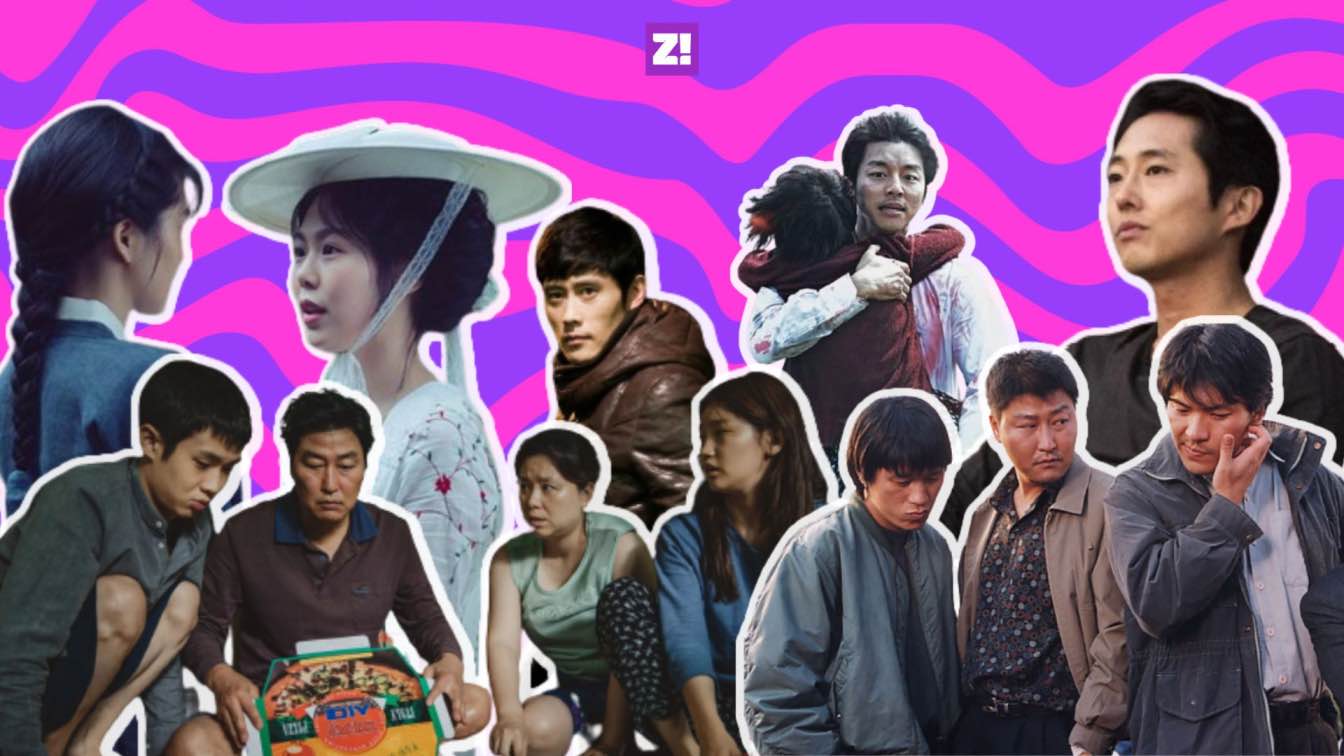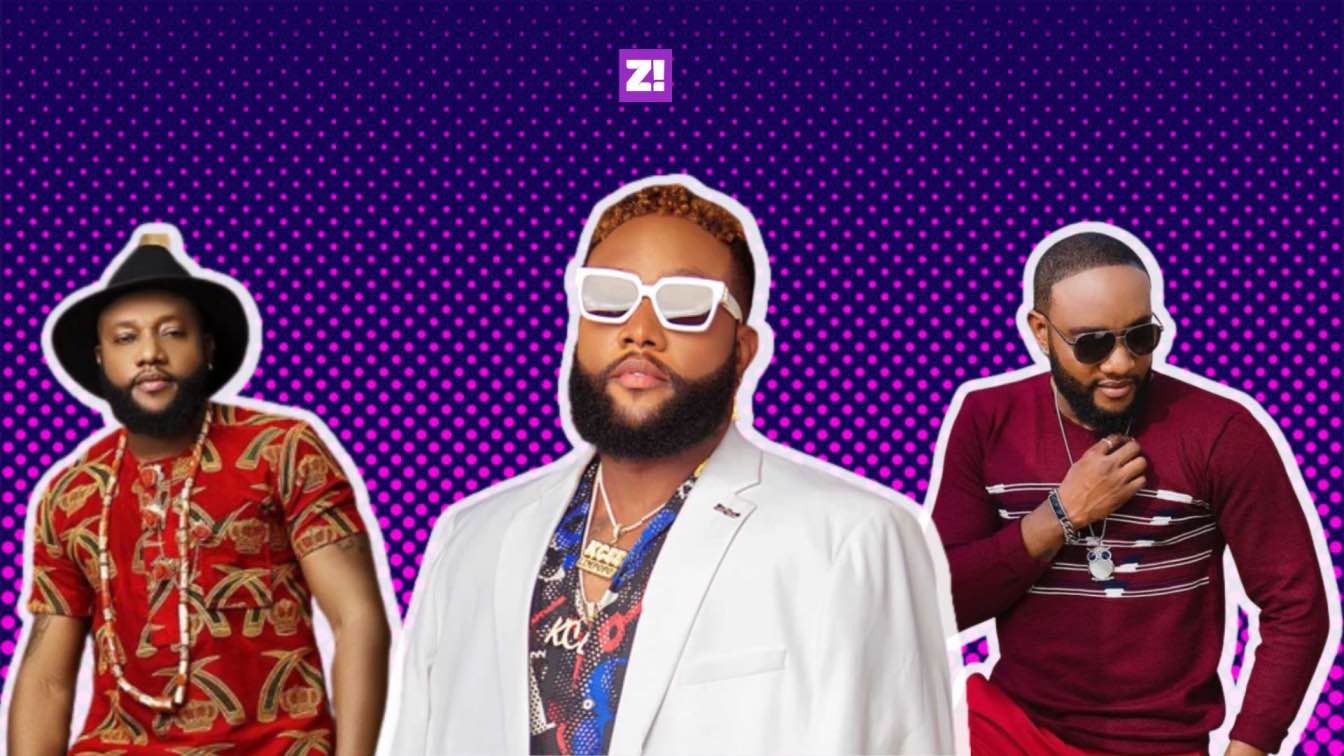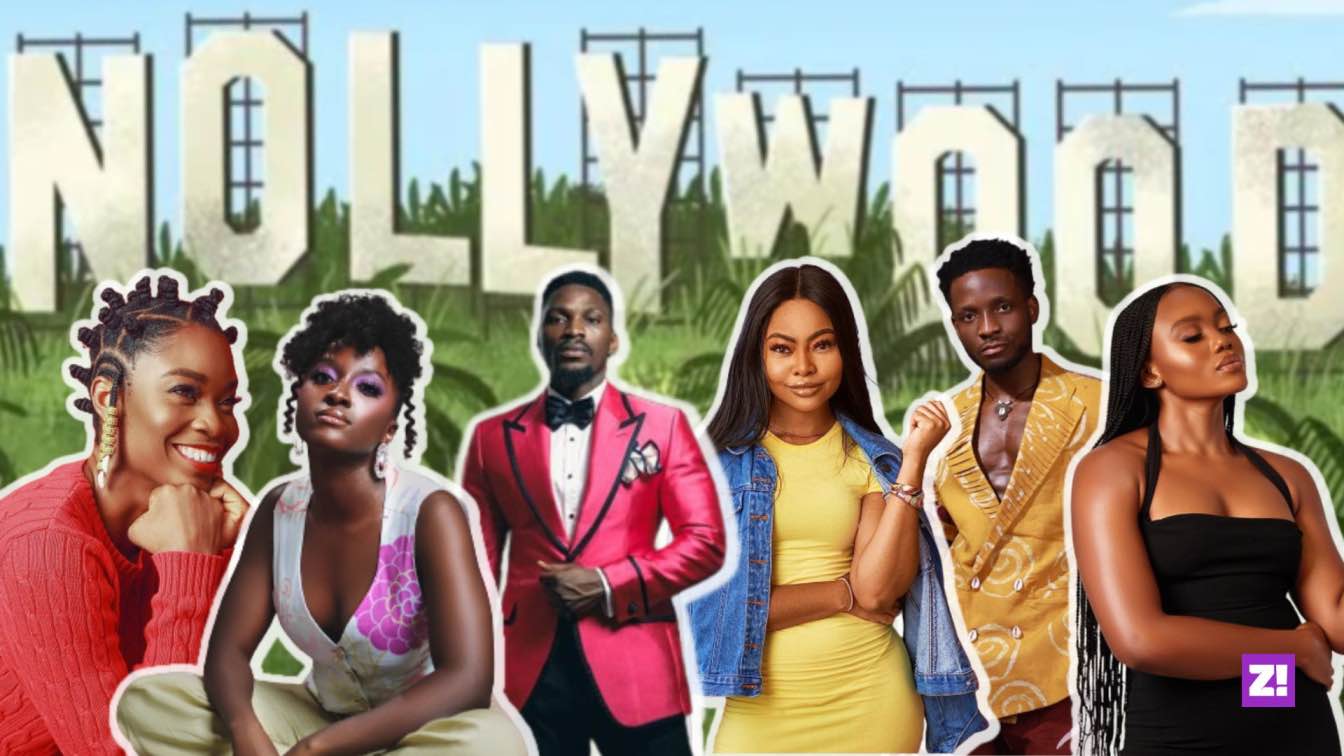If there’s one video that’ll remain iconic for years to come, it’s this interview video of the girl in the market who says, “Me on my own, I’m ashawo. Everybody on their own, ashawo,” when asked about women being slut-shamed. And honestly, where is the lie? With the way we’re wearing less and going out more, it’ll seem like we’ve fully entered an ashawo era of fashion, and I’m totally here for it.
Image credit: Nylon Magazine
Nigeria’s relationship with Ashawo fashion back in the day
Just like the world around us, fashion is constantly changing and evolving. Whether we like it or not, the clothes we wear are a tool to reflect or at least capture part of the conversation going on in a particular era. In the 1960s and 1970s, Nigerians tried to find an identity in a country that was finally independent of colonisers.
But by the 1990s, we had finally settled on a trend that embodied the saying “go big or go home”. The geles were as wide as DStv dishes, and the baggy pants were baggying like no tomorrow.
In all these eras, Nigerians have always factored in “morals”, choosing to be covered up no matter what. Wearing a backless dress or showing your belly button was scandalous in the 1990s. I mean, anyone who grew up watching old Nollywood movies will tell you miniskirts were the trademark look of a wild girl whose over-sexualisation would eventually make her barren or single to stupor.
The moral standard for fashion was so high that sometimes the sex workers in Nollywood films wore turtlenecks.
With the 2000s came even skimpier outfits thanks to the MTV generation consuming Britney Spears and Janet Jackson. However, Nigeria’s adoption of this fashion trend (now fondly referred to as Y2K fashion) was restricted to the video vixens on screen or the bad girls in films like Abuja Connection, Sharon Stone or Girls Cot.
No matter how much fashion evolved or changed in the Western world, for Nigerians, it still remained a tool used to police women’s bodies — labelling them as either good or bad girls.
Alté scene brings back y2k fashion
The first time I noticed Nigerians reclaiming the word “ashawo” and getting into our slut rhythm was in 2018, as alté culture became mainstream. Heavily influenced by the sluttiest era of all time, the late 1990s to early 2000s, alté acts came with a different sound and look. The boys had their hair dyed in crazy colours
RECOMMENDED: These Old-school Fashion Trends Still Bang in 2022
As usual, the first reaction was resistance: the alté boys were called gay, and the girls? Well, the worst insult Nigerians feel they can give a woman is ashawo/slut. Did the happening babe care? No. Over time, more mainstream acts tapped into this market and what once felt like a niche group on SoundCloud and a closed-up part of Instagram filtered down to regular folks.
I remember turning up to a concert in Lagos in 2019 and feeling like I’d been sucked into a 2000s music video. That same year, Hot Girl Summer became a thing thanks to Megan Thee Stallion, and Old Nollywood pages started popping up randomly on Instagram, romanticising the early 2000s and turning the bad girls from that era into fashion icons. These looks quickly moved from concerts and the gram, to parking lots and regular hangouts.
In 2022, what our parents frowned on has gotten a facelift and rebranded as Y2k-inspired looks. From Ayra Starr to Odunsi The Engine, the cut-outs are everywhere, and crop-tops have become baggy shirts at this point.
Did I forget to mention that the men are also in on the ashawo fit trend? Dying your hair pink or painting your nails are no longer signs that you might be queer. Now it just means you’re either a creative, someone on Twitter with interesting opinions, or a tech-bro.
Men have also made ashawo shorts a thing — are you really a happening guy if your shorts are kissing your knees? Nah, bro.
Ashawo fits have become a statement
Taking men out of the equation, by reclaiming these ashawo clothes, women are finally controlling the narrative. If we unpack operation “cover yourself up”, it’s easy to see that it has nothing to do with women.
Instead, it’s always been a tool to keep women in check and excuse men of sexual misconduct. That’s why the question, “What were you wearing?” pops up when sexual harassment or abuse cases come into the light. But if there’s one thing we know, it’s that covering up hasn’t stopped these cases from happening daily.
These ashawo clothes are a way for women to say that their worth isn’t tied to their bodies.
With the way fashion has continued to evolve since 2018, it looks like our dress sense isn’t going to get less sluttier anytime soon. These clothes aren’t about sex or simple thirst traps; they’re about confidence and ownership. If you can’t pull it off, fine. But don’t hate on the people who can, because that’s just tacky.
QUIZ: How Fashionable Are You?




